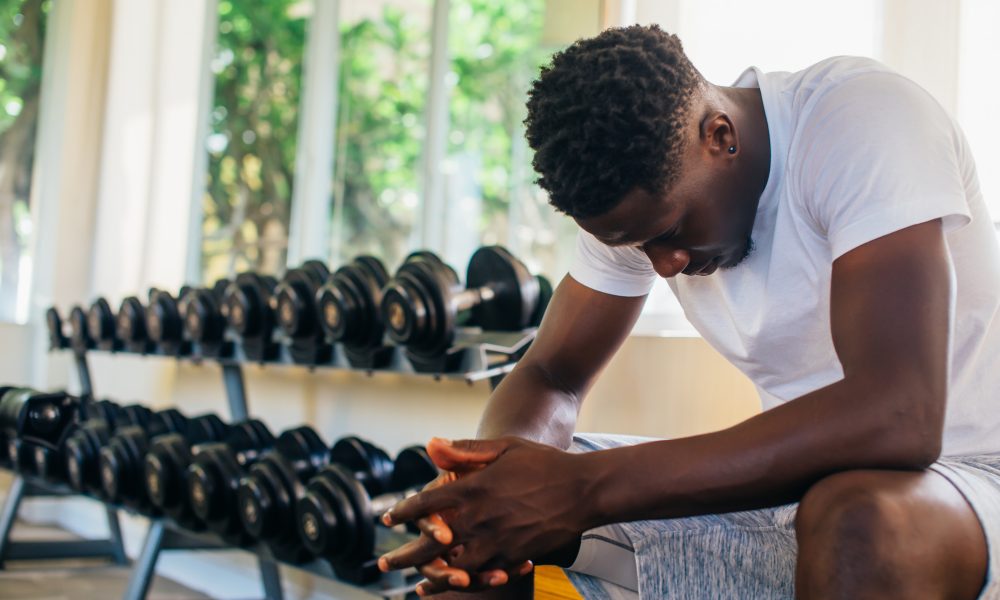One in four adolescent boys and young adult men are at clinical risk of muscle dysmorphia, according to new research from the University of Toronto.
People with muscle dysmorphia are obsessively concerned about their muscles and physique, sometimes turning to risky behaviours to bulk up.
Previous research on muscle dysmorphia has been focused on specific groups, such as bodybuilders, while less research has looked across diverse, community-based populations.
The new study is one of the few to investigate the potential risk factors for muscle dysmorphia symptoms in adolescents and young adults across Canada.
Lead author Kyle T. Ganson, PhD, MSW, assistant professor at the University of Toronto’s Factor-Inwentash Faculty of Social Work, said:
“Overall, our findings emphasise that many young people are striving for muscularity, resulting in significant levels of distress, which counters popular narratives that only thinness-oriented body image concerns and behaviours are problematic.”
Analysis of over 2,000 participants, from the Canadian Study of Adolescent Health Behaviors, found that adolescent boys and young adult men had many muscle dysmorphia symptoms, and one in four were at clinical risk for muscle dysmorphia.
The analysis showed muscle dysmorphia symptoms were more common in those who reported anabolic-androgenic steroid use, which are highly effective, yet dangerous, illicit substances that can increase muscle mass and tone.
Ganson said:
“Consistent with prior research, we found that boys and men presented with greater symptoms and behaviours of muscle dysmorphia.
“This finding continues to emphasize that boys and men are influenced by and are striving for a muscular body and experiencing psychological and social distress as a result.”
The research also highlighted unique disparities across different sexual identities and racial/ethnic groups.
Compared to participants who identified as White, individuals who identified as South Asian or Middle Eastern were more likely to have greater muscle dysmorphia symptoms.
Additionally, participants who identified as a sexual minority were more likely than heterosexual participants to experience greater muscle dysmorphia symptoms.
Ganson said:
“We need to incorporate muscle dysmorphia symptoms into future conversations around body image and eating disorders, particularly given the likely rise as a result of the COVID-19 pandemic.”



